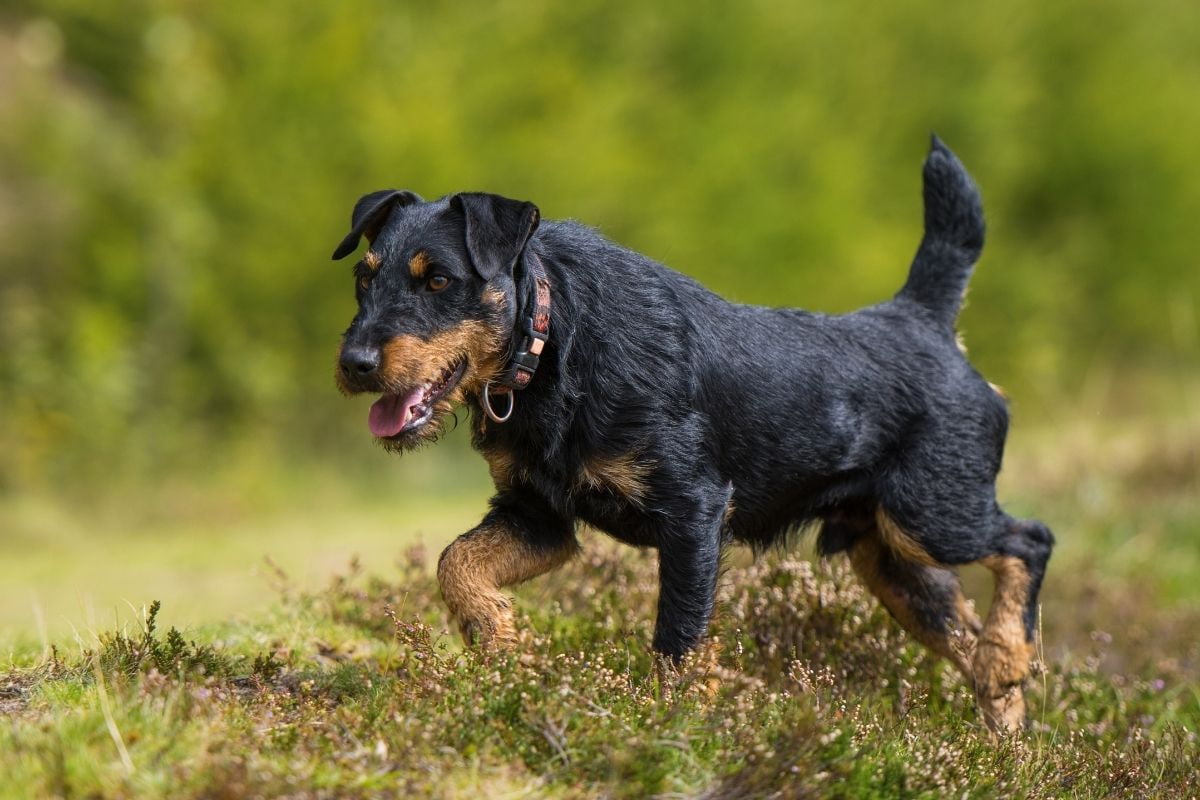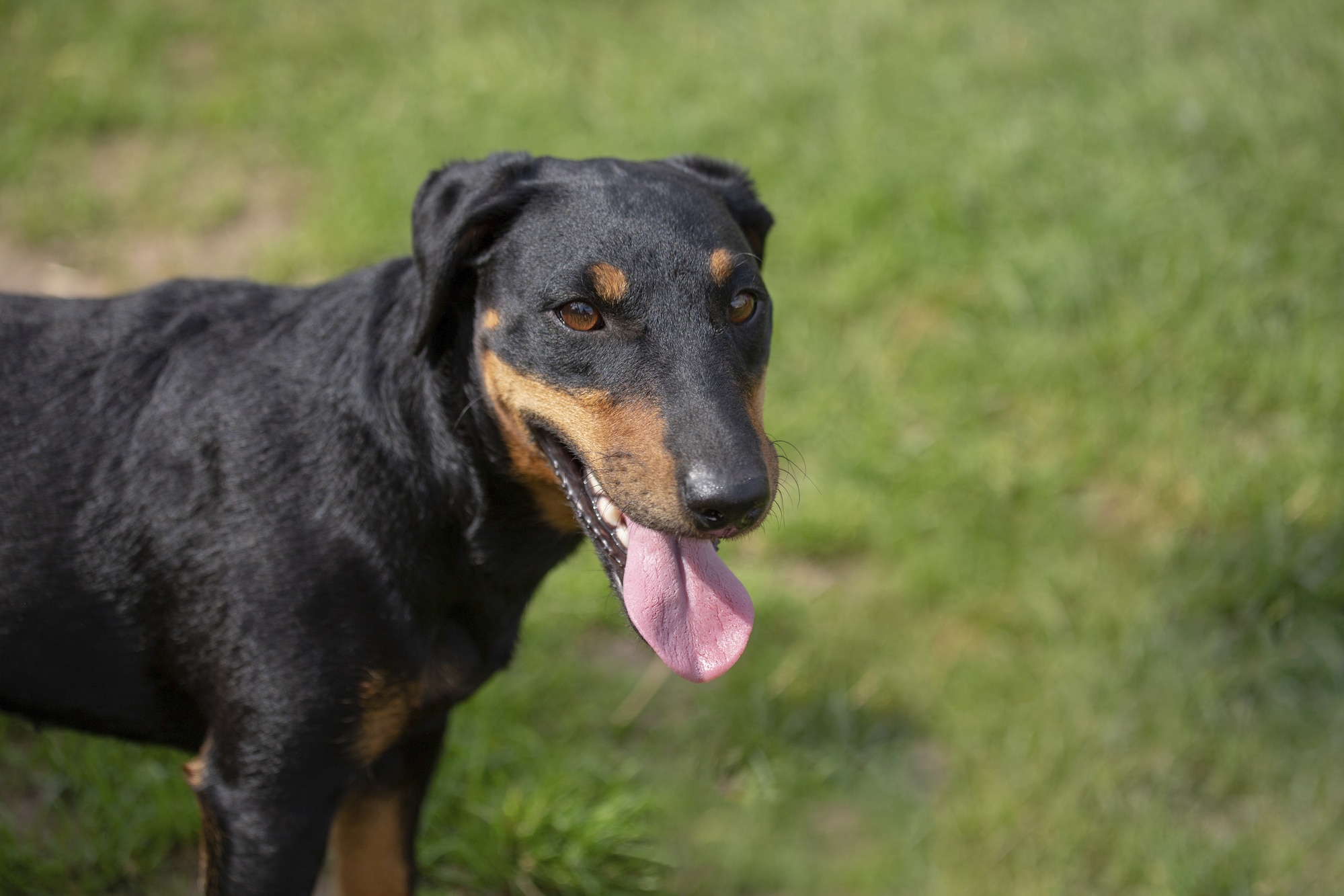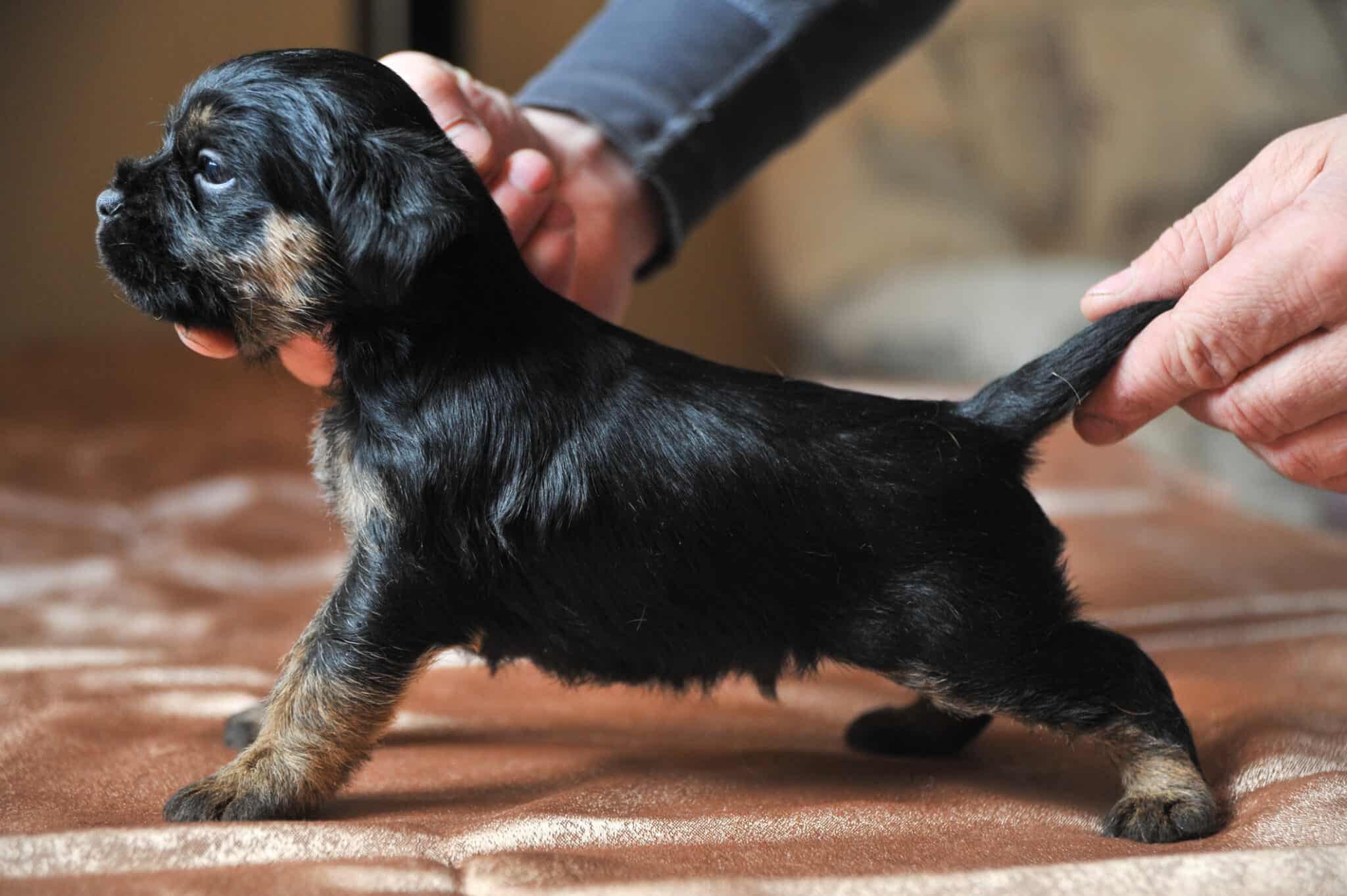Jagdterrier: Fearless and Tenacious German Hunter

History of the Jagdterrier
The Jagdterrier, also known as the German Hunt Terrier, is a versatile working breed developed in Germany during the early 20th century. After World War I, a group of German hunters set out to create the ideal hunting terrier—focusing on black-and-tan coloring, courage, intelligence, and hunting instinct. The breed was founded using Fox Terriers, Welsh Terriers, and later Old English Terriers, and carefully selected for working ability rather than appearance.
The result was a compact, fearless terrier capable of hunting both above and below ground. Jagdterriers were primarily used for tracking, flushing, and retrieving game, particularly fox, boar, badger, and even waterfowl. While still rare outside Europe, the breed is highly prized by serious hunters for its unwavering determination and drive.
Popularity of the Jagdterrier
The Jagdterrier remains a working dog first and foremost, with limited popularity in the pet or show world. It is commonly used by European hunters and foresters, particularly in Germany, Austria, and Eastern Europe. In the United States and Canada, it is gaining slow recognition among hog hunters, trackers, and working dog enthusiasts, but is still considered uncommon and highly specialized.
Physical Traits of the Jagdterrier
This breed is compact, rugged, and athletic, built for endurance, speed, and agility.
• Coat: Dense and harsh, either smooth or rough (broken-coated).
• Color:
o Always black, dark brown, or grayish-black with clearly defined tan markings on the muzzle, chest, legs, and under the tail.
• Size:
o Height: 13–16 inches (33–40 cm)
o Weight: 17–22 lbs (8–10 kg)
• Head & Expression: Wedge-shaped head with a strong jaw, dark oval eyes, and a determined expression.
• Ears: V-shaped and carried forward, set high and close to the head.
• Tail: Often docked where permitted, carried high when alert.
• Body: Muscular and slightly longer than tall, with a deep chest and powerful hindquarters.
Behavioral Traits of the Jagdterrier
This breed is fearless, intense, and incredibly driven—a true working terrier through and through.
• Bold and Energetic: Thrives on activity and challenges—boredom leads to mischief.
• Highly Prey-Driven: Has strong instincts to hunt, chase, dig, and retrieve.
• Loyal and Protective: Devoted to its handler, often reserved or suspicious around strangers.
• Confident and Independent: Requires an owner who can establish firm leadership.
• Not Typically a Lapdog: While affectionate with family, the Jagdterrier prefers to be busy and have a job to do.

Why Choose a Jagdterrier?
Ideal for hunters, trackers, and active individuals looking for a small dog with big courage and endless stamina.
• Versatile Working Dog: Excels in tracking, flushing, blood trailing, and even water retrieval.
• Compact but Powerful: Small size with the heart of a lion.
• Low Grooming Needs: Rugged coat is easy to maintain.
• Loyal and Protective: Makes a devoted companion for experienced dog handlers.
• Hardy and Durable: Can work in harsh terrain and extreme climates.
Caring for Your Jagdterrier
The Jagdterrier is not a typical family pet—it thrives in active, experienced homes with structure and purpose.
• Training:
o Needs firm, consistent, and confident leadership.
o Responds best to clear expectations and purpose-driven tasks.
o Not ideal for first-time dog owners.
• Exercise:
o Requires extensive daily activity—hunting, agility, hiking, or nosework.
o Boredom can lead to destructive or escape-prone behavior.
• Grooming:
o Weekly brushing, especially for rough coats.
o Check ears, trim nails, and maintain dental hygiene regularly.
• Nutrition:
o Feed a high-protein, working-dog diet.
o Monitor weight and energy levels based on activity.
• Companionship:
o Best suited to single-pet households or homes with other dogs that respect hierarchy.
o High prey drive—may not do well with cats or small animals.

Health Considerations
The Jagdterrier is generally healthy and robust, with a lifespan of 12–15 years. Health issues are uncommon but may include:
• Hip dysplasia
• Eye disorders (rare)
• Skin sensitivities
• Injuries from rough work or terrain
Choose working-line breeders who emphasize temperament, drive, and structural health.
Comparisons to Other Terriers
Compared to the Jack Russell Terrier, the Jagdterrier is more intense, more serious, and has a stronger prey drive. It’s harder working and more focused than the Border Terrier, and more independent and assertive than a Norfolk or Cairn Terrier. The Jagdterrier is a true working terrier, not bred for show or lap life.
Is the Jagdterrier Right for You?
This breed is best suited to experienced handlers, hunters, or those with a passion for working dogs. It’s not ideal as a casual pet or for homes with other small animals. If you’re seeking a fearless, loyal, and driven partner, the Jagdterrier is unmatched.
Ready to Welcome a Jagdterrier?
United Pet Club provides resources for working dog owners, training support, and breeder recommendations for rare and task-oriented breeds like the Jagdterrier. If you’re ready for a compact powerhouse with endless drive, this German terrier is ready to go.
